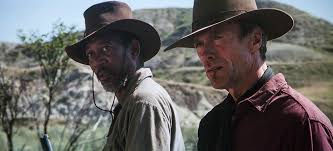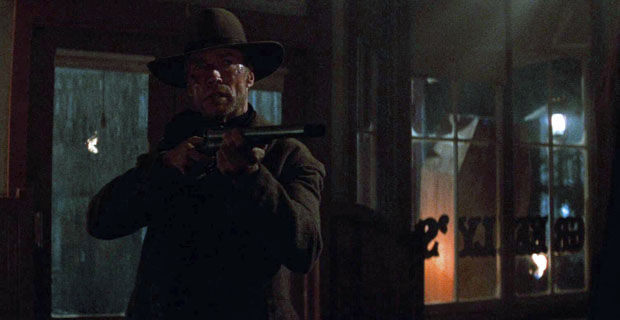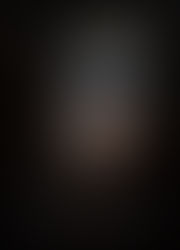Do old movies convert to the 4K format well?
- Daniel Jobson
- Aug 1, 2017
- 4 min read

As has become the standard for Friday lunch times, my self and co writer Mike Gammon took a break from the office for our usual trot around the local town centre. After a quick Coffee and a sandwich we took our mandatory look around HMV. I seem to have become addicted to the slowly growing 4K movie section. 9 times out of 10 I don't actually buy anything, I am often just asking the same question of myself over and over " i wonder if that looks good in 4K". I finally bit the bullet and expanded my small collection by picking up Logan ( great movie ), Planet earth 2 ( has to be seen to be believed! ) and one of my favourite films of all time...... Clint Eastwood's 1992 classic "Unforgiven".
I have owned this movie on Video, DVD, Blu-ray and now in 4k HDR. The film itself is beyond reproach. Eastwood's performance as the widowed pig rancher who is tempted back to his old ways is masterful. What i wish to focus on here however is what the additional resolution and colour bring to the movie.
To run this experiment I used an Xbox one S for the player itself, I am told that these compare favourably with higher priced stand-alone players. My TV is a 55 inch Samsung KS8000. I turned off HDR plus and various other auto settings to improve picture quality . 4K Blu-rays handily come with a free copy of the standard Blu-ray which is extremely useful for comparison purposes. With all of the above ready to go, I hurried the wife off to work on Saturday morning made a fresh mug of coffee and settled into the movie.

For starters- the standard edition Blu-ray is no slouch. The scene where Ned and Will take the Journey to Big Whiskey is filled with epic panoramic shots of the country side with a sweeping soundtrack. The majority of the films scenes take place at night however, usually with limited light sources available to show off any detail picked up by the camera. These scenes remain moody and were obviously shot at angles to hide Eastwoods features (such as when he passes Ned's Coffin and enters the bar unnoticed by the patrons inside). When the film does allow some natural light, close up shots retain a lot of the detail from the original recording.
When starting up the 4K edition, the first change you notice is during the prologue scrawl. The Crimson sunset displayed behind the characters silhouettes shows far more varied and subtle shades of red. This trend continues in all of the scenes where there is a natural light source. Trees appear more natural in colour and close up's display a more natural skin tone that leaves the standard addition looking pallid in comparison. The extra resolution does provide a sharper image but i must admit that I needed to flick between the 2 formats to notice the difference. In my opinion, HDR is a far more important leap forward than the 4K resolution. The added colour depth provides an image so lifelike that it appears that you are looking through a window. Clint Eastwood himself oversaw the transfer of the film to the 4K format in order to keep it true to his original vision of the film and it shows. Every thing has more subtle tones that go un-noticed unless you go looking for them. It looks glorious in motion. The only problem I have with this version is the night scenes. The 4K HDR transfers fails to show any extra detail that is usually a staple of HDR technology. Although, in this case I believe it due to there being no detail on the original film to pick up which is a shame. The blacks are slightly darker but the difference between the standard and 4K disks in these scenes are negligible.

This may simply be a problem when converting older movies. Camera equipment has obviously improved a great deal in the last 20 years and pick up far more detail. If you watch the 4K version of the Revenant for example, the difference in picture quality compared to the standard Blu-ray is night and day. The picture is so clear that everything seems to take on an almost 3D quality. The jump in quality for modern movies on the 4K format shows off how far the medium has come and I am not sure if the jump is significant enough for older movies to benefit from it. I certainly wouldn't advise upgrading disks you already own unless you are an enthusiast. Especially in an age where you can stream most of these movies online in decent quality.
However, there are some films that are made for this format and once seeing them in 4K it is very difficult to go back.

What are your thoughts on 4K? Do you plan to pick up a 4K player? Let us know in the comments below






Comments